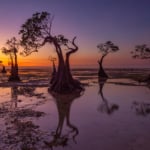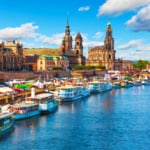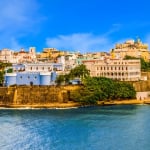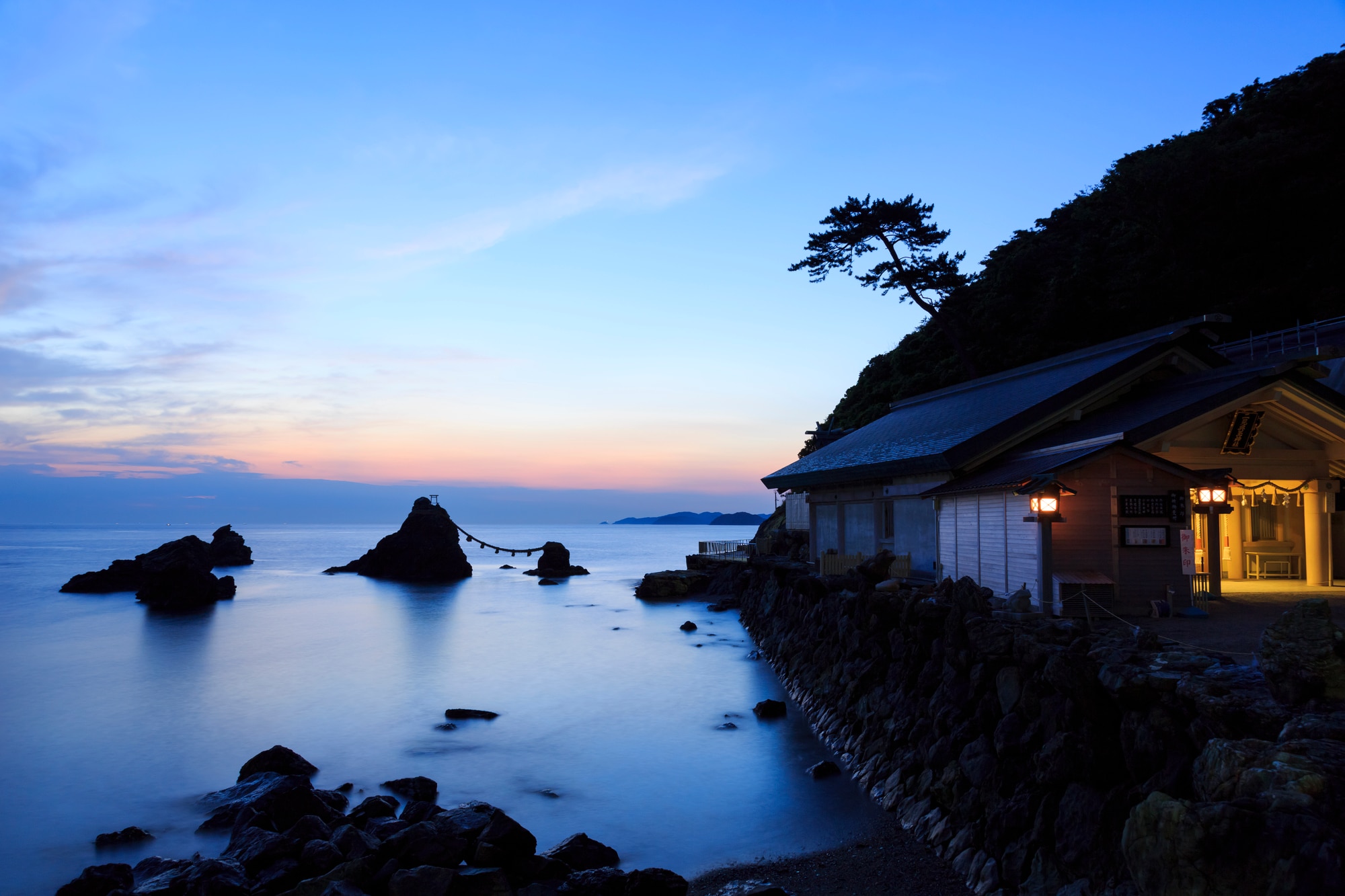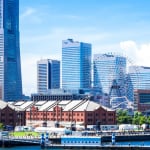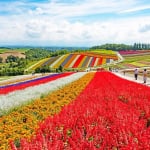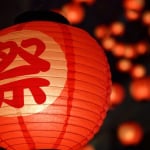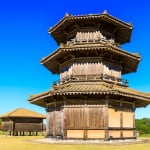Photo by Shii/Pixta
The Top 8 Things to Do in Mie Prefecture, Home of Japan’s Most Sacred Shrine
During the feudal era, it was the dream of many Japanese to visit the sacred shrines of Ise at least once in their lives. Their strong desire to visit the holy site is partially responsible for the creation of the Kumano Kodo, a pilgrimage route and UNESCO World Heritage Site that snakes through the Kii Peninsula, stopping at holy temples and shrines along the way. Ise Jingu is still a popular destination among modern pilgrims, but Mie Prefecture is also known as the birthplace of Japan's ninja and cultured pearl agriculture. Here are our top picks for things to do and places to go in Mie.
table of contents
[x] close
The Top 8 Things to Do in Mie Prefecture, Home of Japan’s Most Sacred Shrine
Ise Jingu Grand Shrine

Photo by y.uemura/Pixta
Ise Jingu is the most spiritually important Shinto shrine in Japan and is devoted to Amaterasu, the supreme deity according to Shinto beliefs. The shrine has had close ties to the Japanese Imperial Family since the Heian Period, and is watched over by a High Priest and Priestess from the royal bloodline. As a result, the number of pilgrimages to Ise Grand Shrine increased exponentially during the Edo Period, and worshipers from all over Japan came to see the divine home of the sun goddess Amaterasu.
Oharai-machi and Okage-yokocho
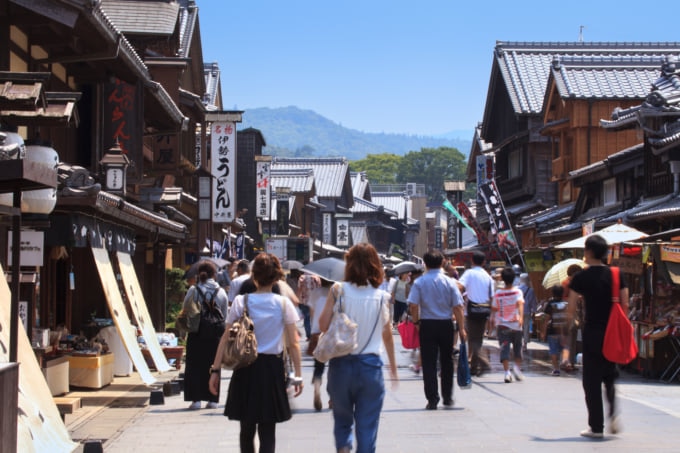
Photo by kash*/Pixta
Oharai-machi is the shrine town that developed on the heels of Ise Jingu. With the influx of pilgrims coming to visit the shrines during the Edo Period, Oharai-machi was thriving, its main industries devoted to supplying the pilgrims with food, shelter and mementos of their arduous journey. In the middle of Oharai-machi, the historic lane called Okage Yokocho in particular retains its old town atmosphere, and is a popular spot to pick up souvenirs for friends back home just as countless other travelers have for centuries.
Gojouban Yashiki in Matsusaka
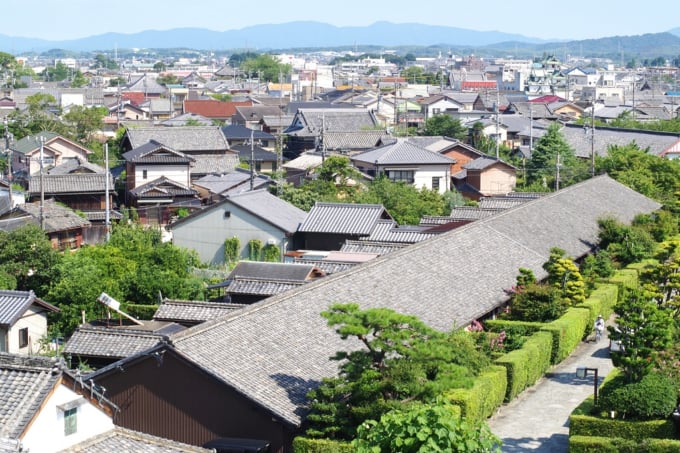
Photo by トシチャン/Pixta
The Gojouban Yashiki, the historic homes of the old Matsusaka Castle guard, proudly stand behind manicured hedges, still watching over the ruins of the castle. Theses unique heritage homes are classified as 'kumiyashiki', the homes of lower-class samurai, and Matsusaka is one of just a handful of places where visitors can see these historic gems. One of the kumiyashiki is open to the public, while the rest are private residences, inhabited by the descendants of the ancient samurai who once roamed these lands.
Akame 48 Falls Hiking Trail
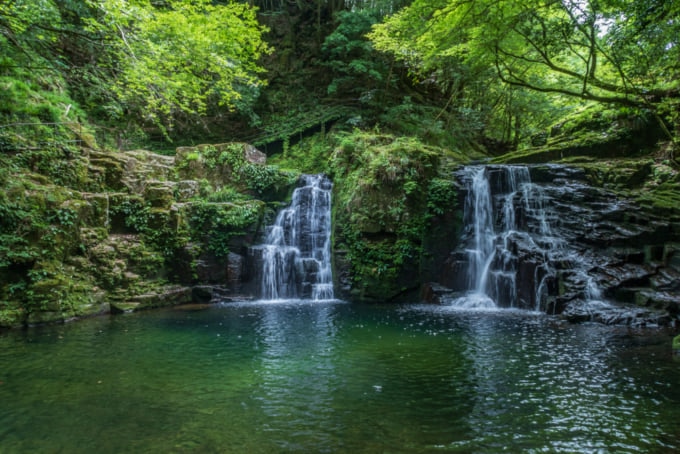
Photo by Hiroshi Fujita/Shutterstock
In Nabari's remote Akame Valley, historic training ground of the Mie ninja, the Akame 48 Falls walk is a must-see. This 4-kilometer trail along the mountains and rivers takes about 4 hours to complete, and is lined with quaint teahouses and rest stops with scenic views. As the water travels over the rocky terrain, countless waterfalls of all shapes and sizes are created. While there aren't actually 48, there are a lot, and the most famous of these is the Akame Gobaku or 'Akame Five Waterfalls'.
Ninja Kingdom Ise
Ninja Kingdom Ise is a reproduction of an Azuchi-Momoyama Era (1573-1600) castle town and interactive theme park. Perfect for families, the park encourages renting a kimono or ninja costume to really immerse yourself in the historic atmosphere. There are shows and demonstrations about feudal-era life, a haunted house filled with demons from Japanese lore, a maze full of ninja tricks and countless hands-on activities well-suited for children. While there are no multi-language shows yet, non-Japanese speakers can still shop, eat and experience village life at this popular historic theme park.
Meoto Iwa Rocks
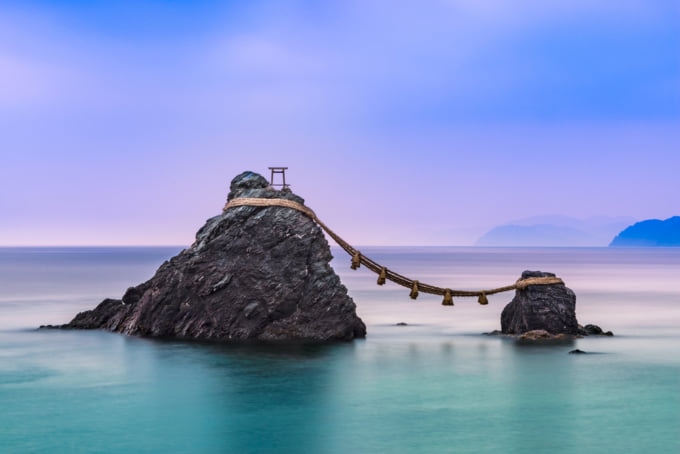
Photo by Sean Pavone/Shutterstock
The Meoto Iwa or 'Rocks of the Married Couple' are one of Mie Prefecture's most iconic sites. The two formations are believed to represent the union between the world's first couple, Izanami and Izanagi, according to Japanese mythology. As such, it's a popular place to wish for luck in love and relationships among locals. The Meoto Iwa are close to Okitama Shrine in Futami, Mie Prefecture, and the larger formation - representing the male, Izanagi - has a torii for the shrine at its peak.
Ueno Park and Iga Ueno Castle
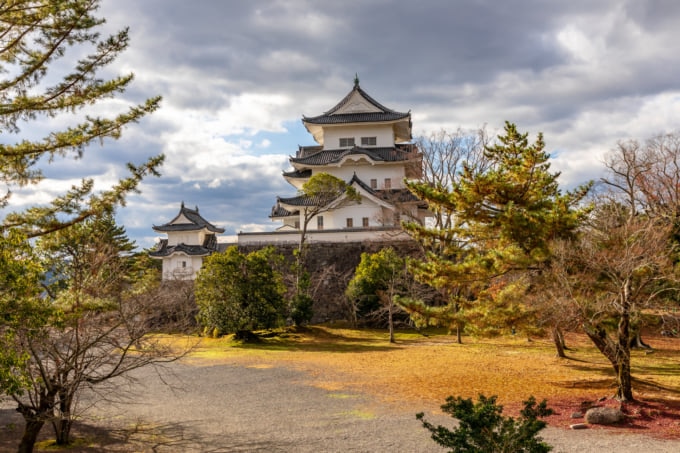
Photo by y.uemura/Pixta
Iga flourished during Japan's feudal era as a castle town with Iga Ueno Castle at its center. The town is known as the birthplace of internationally-renown poet Matsuo Basho and the samurai-ninja Hattori Hanzo, who once rescued Tokugawa Ieyasu and helped him establish the Tokugawa Shogunate by supporting him in battle. Today, Iga is still famous for its historic ties to the Edo Period and ninja way of life, and visitors can find the regal Iga Ueno Castle at the center of Ueno Park along with museums and attractions dedicated to ninja, Basho and the feudal era.
Mikimoto Pearl Island
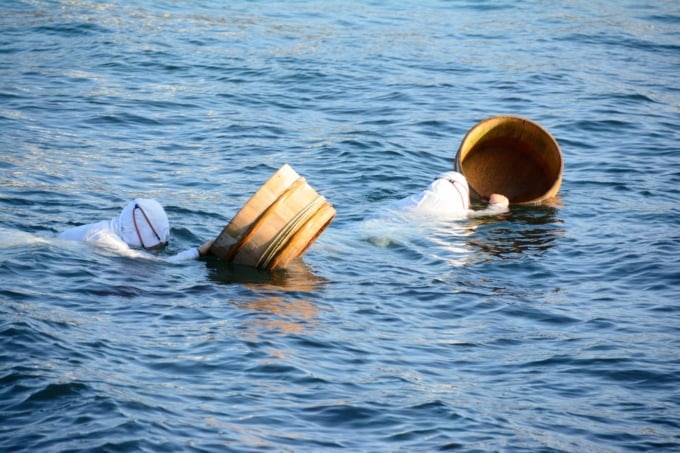
Photo by Gaistino/Pixta
Mie Prefecture's Ise Bay is where Kokichi Mikimoto became the first man in the world to successfully culture a pearl. Mikimoto eventually established his luxury pearl company of the same name, and Mikimoto pearls remain some of the most sought-after in the world. The island where Mikimoto worked is now devoted to the history of the cultured pearl industry, and houses a pearl museum and the Kokichi Mikimoto Memorial Hall. The real highlight of any trip to Mikimoto Pearl Island, however, is the free-diving demonstration shows by the ama, traditional female divers.
In Conclusion
Host to Japan's most sacred Shinto shrines and remote hiking trails lined with waterfalls, pockets of historic architecture and inspiring natural wonders, Mie Prefecture should be a traveler's first stop in the Kii Peninsula, the spiritual center of the nation. These top sites and activities in the region will help you plan your trip.
